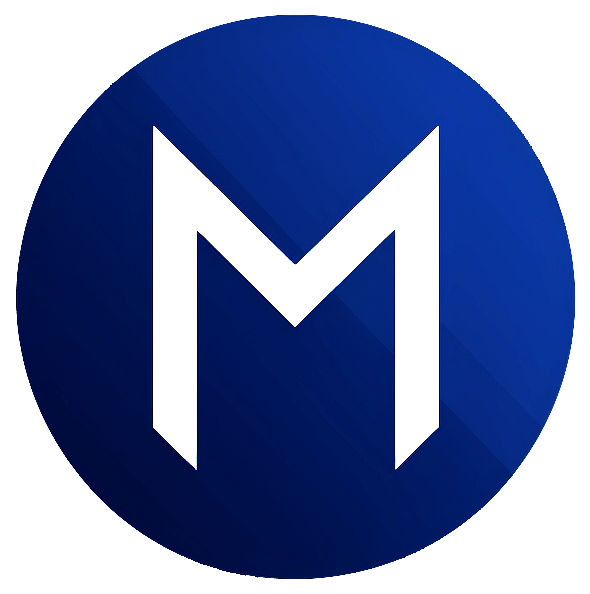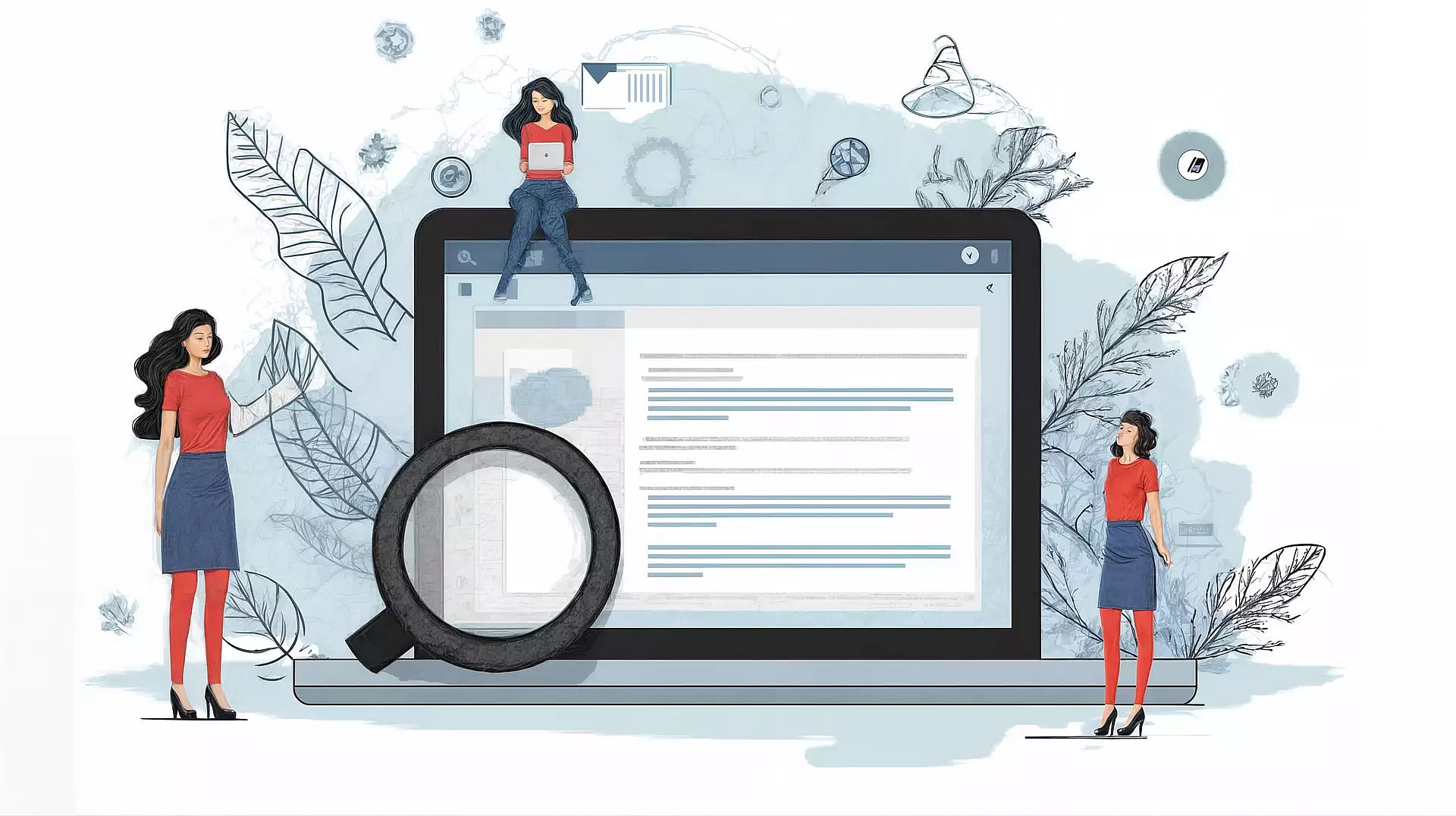In the landscape of artificial intelligence, a curious tale has emerged from the halls of OpenAI, the masterminds behind the linguistic marvel known as ChatGPT. Picture, if you will, a world where the line between human and machine-generated content blurs like watercolors in the rain. Now, imagine a tool so precise it could separate those colors with surgical accuracy. This, dear reader, is not the stuff of science fiction, but the reality quietly unfolding behind closed doors.
The Invisible Ink of the Digital Age
OpenAI, it seems, has been holding its cards close to its chest. They’ve developed a watermarking tool for AI-generated content that boasts an astonishing 99.9% accuracy rate. It’s a digital fingerprint, invisible to the naked eye but unmistakable to those who know where to look. The implications? As vast as the internet itself.
Think of it as the literary equivalent of a UV stamp at a nightclub. You might not see it under normal circumstances, but shine the right light, and suddenly, the artificial becomes glaringly obvious. For educators grappling with AI-assisted cheating, this could be the silver bullet they’ve been searching for. For web users drowning in a sea of AI-generated content, it could be a life raft of authenticity.
But here’s the kicker: OpenAI is keeping this tool under wraps tighter than a miser’s purse strings.
The Paradox of Progress
One might wonder why a company at the forefront of AI development would hesitate to release a tool that could bring much-needed clarity to the digital realm. The answer, as with many things in the tech world, lies in the delicate balance between innovation and self-preservation.
A global survey conducted by OpenAI found overwhelming public support for watermarking tools. However, a separate survey among their users painted a different picture. Roughly 30% of ChatGPT users said they’d jump ship if watermarking were implemented and competitors didn’t follow suit. It’s a classic case of the innovator’s dilemma – advance the field or protect your market share?
OpenAI’s spokesperson, with the careful precision of a tightrope walker, explained their hesitation as an “abundance of caution.” They cited “complexities involved” and the potential impact on the “broader ecosystem.” One can’t help but wonder if this ecosystem they’re so concerned about might just be their own garden of AI delights.
The Irony of Caution
There’s a delicious irony in OpenAI’s stance. This is the company that unleashed ChatGPT upon the world, forever changing the landscape of content creation. Now, they’re wringing their hands over the potential risks of a tool designed to bring transparency to that very landscape.
It’s as if Pandora, after opening her infamous box, suddenly developed a keen interest in containment protocols.
The Hidden Costs of Artificial Eloquence
As AI-generated content floods the internet, we’re faced with a new kind of digital pollution. It’s not the obvious spam or clickbait of yesteryear, but a more insidious form of artificial eloquence. This AI-generated sludge, as some have colorfully dubbed it, poses unique challenges.
For starters, it’s becoming increasingly difficult to discern between human and AI-written content. This blurring of lines raises questions about authenticity, creativity, and the very nature of human expression in the digital age.
Moreover, the sheer volume of AI-generated content threatens to drown out human voices. In a world where quantity often trumps quality in search engine algorithms, we risk creating an echo chamber of artificial thoughts, endlessly recycling and rephrasing ideas without true innovation or human insight.
The Academic Dilemma
In the hallowed halls of academia, the rise of AI writing tools has sent shockwaves through traditional assessment methods. Educators find themselves in an arms race against technology, struggling to ensure the integrity of student work.
A reliable watermarking tool could level the playing field, allowing teachers to quickly identify AI-generated submissions. This would not only maintain academic standards but also foster meaningful discussions about the appropriate use of AI in education.
The Web We Weave
Beyond the classroom, the implications of AI-generated content ripple across the entire internet ecosystem. From news articles to product reviews, from social media posts to creative writing, no corner of the web is immune to the influence of artificial intelligence.
A widespread watermarking system could help users navigate this new landscape with greater confidence. It could empower readers to make informed choices about the content they consume and share, potentially stemming the tide of misinformation and low-quality content that threatens to overwhelm our digital spaces.
The Ethics of Transparency
OpenAI’s reluctance to release their watermarking tool raises important ethical questions. As a leader in AI development, do they have a responsibility to provide tools for transparency? Or is their primary obligation to their users and shareholders?
There’s also the question of whether such a tool could be misused. Could it lead to discrimination against AI-generated content, even when that content is valuable or insightful? How do we balance the need for transparency with the potential benefits of AI in content creation?
The Road Ahead
As we stand at this technological crossroads, it’s clear that the conversation around AI-generated content is far from over. The development of effective watermarking tools is just one piece of a much larger puzzle.
We need robust discussions about the role of AI in content creation, the value we place on human creativity, and the kind of digital world we want to build. These conversations must involve not just tech companies and AI developers, but educators, ethicists, policymakers, and the general public.
The Power of Choice
In the end, perhaps the most important thing is to empower users with choice and information. Whether OpenAI releases their watermarking tool or not, the genie of AI-generated content is out of the bottle. What matters now is how we choose to respond to this new reality.
Will we demand transparency and tools to navigate this brave new world? Or will we simply accept an internet where the lines between human and machine blur beyond recognition?



